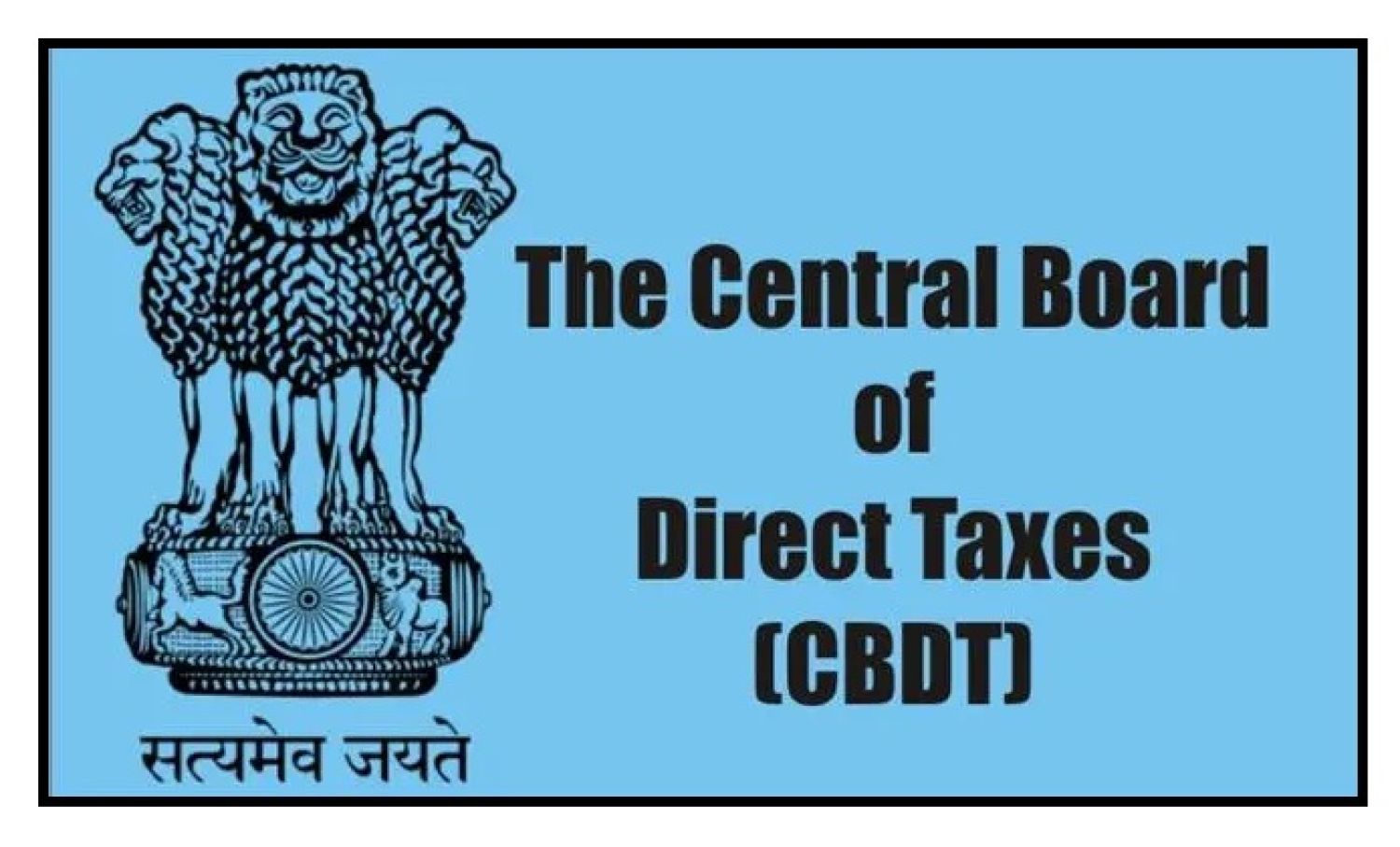R. K. Agrawal, J.@mdashThe Income Tax Appellate Tribunal, Delhi, has referred the following question of law u/s 256(2) of the Income Tax Act, 1961 (hereinafter referred to as "the Act"), for opinion to this Court :
Whether the Tribunal is justified in view of the provisions of Rule 1A of the Second Schedule of the Surtax Act in holding that in order to arrive at the capital base provision of taxation to be taken is not the provision at the end of the year but as it stood at the first day of the commencement of the accounting period ?
2. The reference relates to the assessment year 1980-81 regarding the imposition of tax under the provision of the Companies (Profits) Surtax Act, 1964 (hereinafter referred to as "the 1964 Act").
3. Briefly stated, the facts giving rise to the present reference are as follows :
The respondent-assessee has been assessed to Income Tax in the status of a private limited company. The dispute relates to computation of capital base for the purposes of allowing statutory deduction as per Rule 1A of the Second Schedule of the 1964 Act. While making the assessment u/s 6(2) of the Act the Inspecting Assistant Commissioner found that the provision made by the respondent-company for taxation was only Rs. 6,00,000 as against the actual liability of Rs. 6,80,346. He was of the opinion that for arriving at the capital base the excess amount of tax of Rs. 80,346 levied must be deducted from the capital base of Rs. 20,02,299. He, thus deducted a sum of Rs. 80,346 being the excess provision for Income Tax from the capital base and the balance of capital base of Rs. 19,21,953 was arrived at and the chargeable profits assessable to surtax were calculated thereon. Feeling aggrieved by the determination of chargeable profits, the respondent preferred an appeal before the Commissioner of Income Tax (Appeals) who found that the calculation of Rs. 80,346 was wrong and that it should be Rs. 2,66,257. On that basis, he further reduced the capital base by Rs. 1,85,911 after serving a notice of enhancement on the respondent-assessee. Feeling aggrieved by the order passed by the Commissioner of Income Tax (Appeals), the respondent preferred further appeal before the Tribunal. The Tribunal has held that for the purposes of arriving at the capital base, the provision, as it stood on the first day of the commencement of the accounting year, should alone be taken into account. In coming to that conclusion, the Tribunal has relied upon the language of Rules 1 and 1A of the Second Schedule of the 1964 Act.
4. We have heard Sri Shamboo Chopra, learned standing counsel for the Revenue, and Sri R. R. Agrawal, learned Counsel appearing for the respondent-assessee.
5. Learned standing counsel submitted that as the tax finally determined was Rs. 6,80,346, the provision made by the respondent-assessee for Rs. 6,00,000 on the first day of the previous year was incorrect and, therefore, the correct figure ought to be the amount of tax which has been finally assessed and the chargeable profits and capital base have to be worked out taking the ultimate tax assessed. He submitted that if this is not taken into consideration, the very purpose of imposing surtax under the 1964 Act would be defeated as it would always be open to an assessee to provide a much lesser amount towards taxation on the first day of the previous year whereas the amount of tax actually assessed may be much more. The submission is misconceived. Rule 1 of the Second Schedule to the 1964 Act specifically provides that the capital of a company shall be the aggregate of the amount as on the first day of the previous year relevant to the assessment year of its paid up share capital, reserves, etc. Rule 1A provides for deduction of current liabilities and provisions as on the first day of the previous year relevant to the assessment year. Thus, the emphasis in the aforesaid two rules is on the first day of the previous year relevant to the assessment year and whatever reserves, paid up capital, current liabilities and provisions are made on the first day of the previous year relevant to the assessment year are to be taken into consideration. If the interpretation as put forward by learned standing counsel is accepted, then it would amount to re-writing the clear language of rules 1 and 1A of the Second Schedule of the 1964 Act, which is not permissible under law. It is also not the case of the Revenue that the provision of Rs. 6,00,000 made by the respondent assessee on the first day of the previous year relevant to the assessment year in question was a subterfuge to evade the payment of surtax. As the provision made for taxation and actual assessment bear a close proximity and further if the actual amount of surtax was to be taken into consideration, the language of Rule 1A ought to have been "the amount of actual liability" and not a "provision". Mentioning the word "provision" itself connotes that it is a liability which is to be incurred in future. By no stretch of imagination can making a provision of a future liability towards tax be equated with the actual amount of tax assessed. Thus, the Tribunal was justified in taking the provision of Rs. 6,00,000 towards tax liability made on the first day of the previous year relevant to the assessment year.
6. In view of the foregoing discussions, we answer the question referred to us in the affirmative, i.e., in favour of the assessee and against the Revenue. There shall be no order as to costs.

